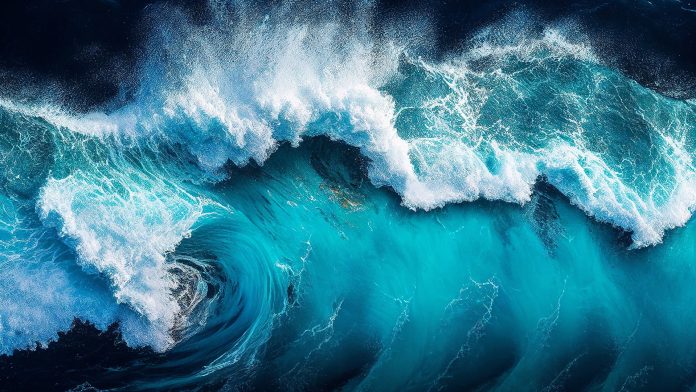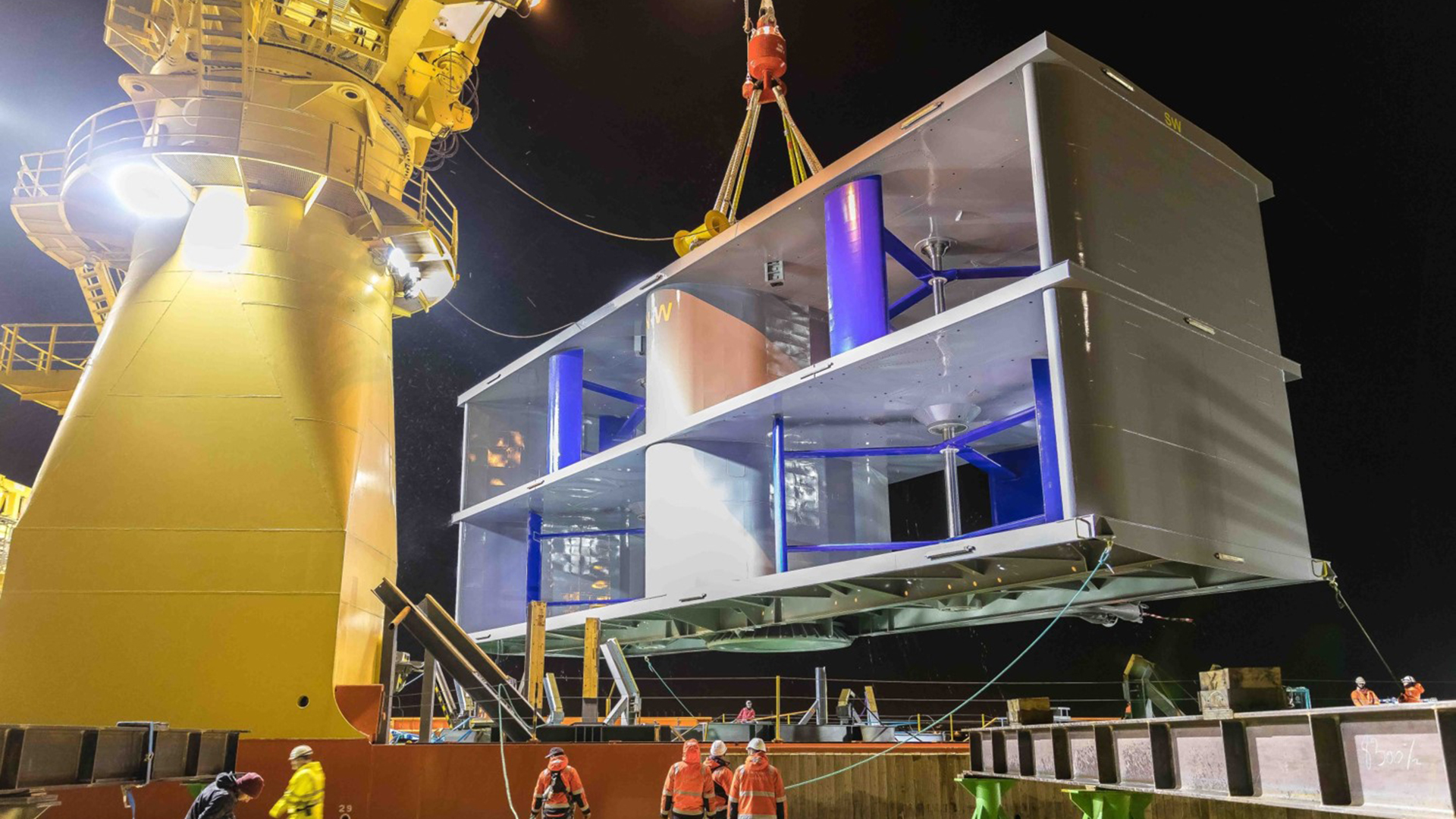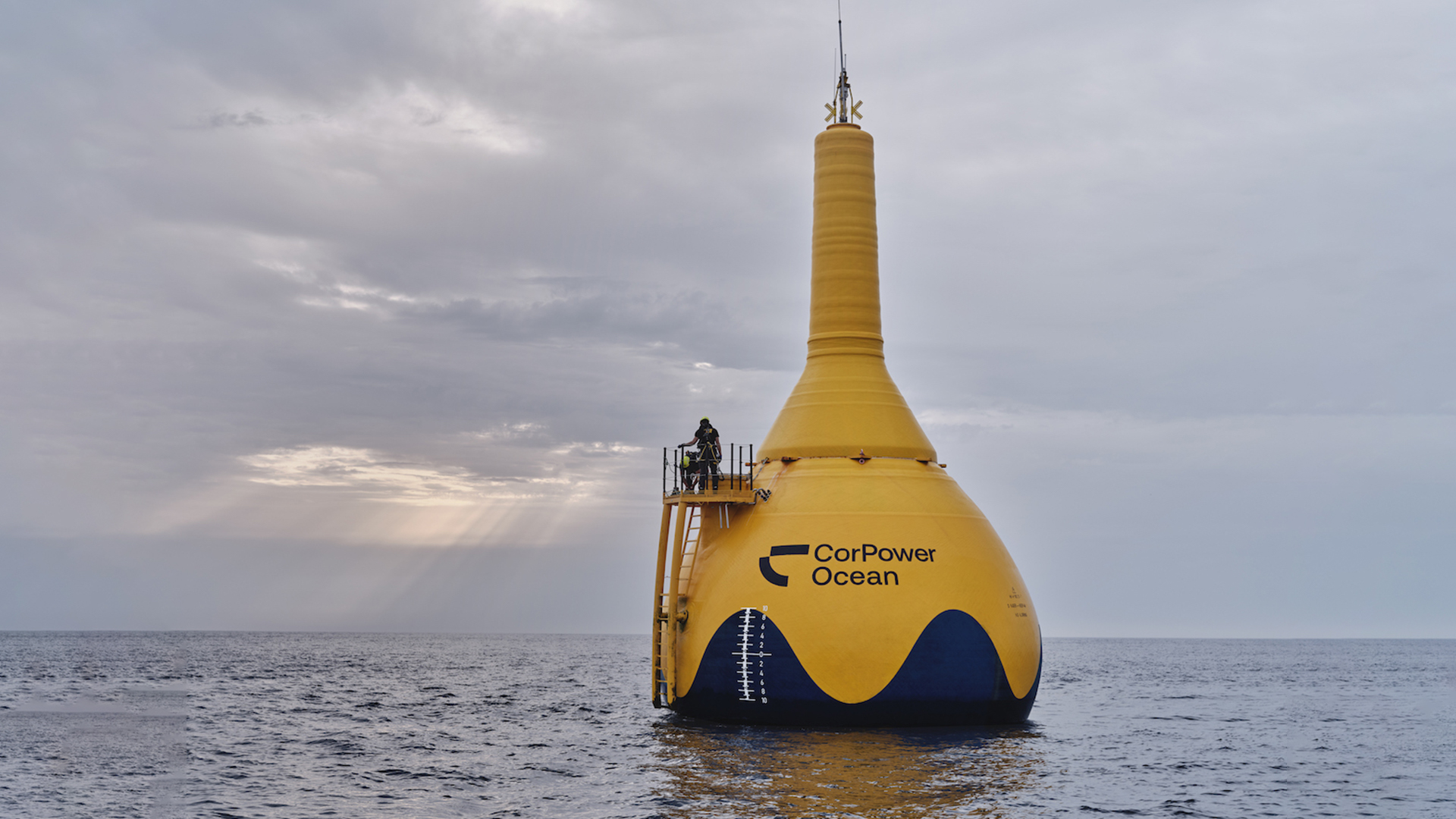Ocean Energy Europe, a network of over 120 organisations, discusses its work in developing a new sustainable energy industry and in which areas more support will be needed.
In the battle against climate change, the key to keeping the global temperature rise to 2°C or below is to switch from primarily fossil-fuel-based energy production to sustainable, zero-emissions energy production.
The recently-held COP28 reinforced this, with attendants agreeing that at least 50% of energy production needs to come from sustainable sources by 2030.
As such, Ocean Energy Europe is doing its part to facilitate this shift. Here, they tell us more about the wave, and tidal energy industries, how they are growing, and what they need to continue.
Renewable energy in Europe
Transitioning Europe’s energy system away from fossil fuels and towards homegrown, renewable energy sources is vital, now more than ever. Putin’s war in Ukraine has demonstrated that price stability for gas is gone. Europe has been reminded the hard way that indigenous renewable energy sources are the best way to provide Europeans with affordable energy prices.
Europe has always been a leader in renewable energy technology development, and today, wind and solar are Europe’s cheapest forms of electricity production. In fact, according to the IEA, building a new onshore wind or solar PV plant is now cheaper than operating existing fossil fuel plants.
However, Europe can’t rely only on wind and solar to reach a stable 100% renewable energy mix. It will need support from other innovative renewable technologies that can reliably produce energy at different times.
That’s where ocean energy comes in. Our oceans are the largest untapped source of renewable energy. By harnessing the power of the tides and waves, ocean energy could generate 100 GW in European waters by 2050 – that’s 10% of Europe’s current electricity needs.
But ocean energy has more to offer than the number of gigawatts it can pump into the grid. Thanks to their unique characteristics, tidal and wave energy technologies are highly complementary to more established forms of renewable energy production, such as wind and solar.
Tidal energy, for example, is entirely predictable decades in advance and completely independent of weather conditions since it relies only on the tides’ ebb and flow. This long-term predictability is invaluable to balancing a grid built around variable wind and solar production.
Wave energy devices can be fitted in offshore wind farms as there is much unused space between the giant wind turbines. The wind drives waves, but they will keep coming for hours after the wind dies down, which means wave devices will keep producing long after the wind turbines stop.
Building a new industry
The European Union has always strongly supported ocean energy research and innovation. Just in the last year, the EU demonstrated its political support by naming ocean energy as a strategic EU technology in the Net-Zero Industry Act, setting a new innovative renewable energy target in the revised Renewable Energy Directive (RED III), and specific wave and tidal power deployment targets in its strategy for offshore renewable energy.
Over the past year, ocean energy and its immense potential have made significant inroads. At the national level, governments are creating more market visibility and enabling ocean energy to take decisive steps towards commercialisation. Thanks to this new-found support, the sector is scaling up in major ways, with over 100 megawatts (MW) of installed capacity planned for deployments in the coming years.
A rising tide of pilot farms
Both France and the United Kingdom possess excellent tidal energy resources – some of the best in the world – and have now stepped up to develop and support their national tidal industries.
In the United Kingdom, the Contracts for Difference (CfD) scheme provides revenue support to renewable energy projects. In 2023, 53 MW of tidal energy capacity, split between 11 projects, have been granted support and are planned for deployment between 2026 and 2028.
Among these, the MeyGen tidal farm, which has been operating for nearly a decade, will increase its installed capacity to 50 MW. Building a farm this size means scaling up to a high-volume production. This will kickstart the cycle of cost reductions and drastically increase tidal energy’s competitiveness in the market.
In France, the government announced their support for the FloWatt project, a 17.5 MW tidal farm led by technology developer HydroQuest. The French government will provide at least €65m of direct funding and dedicated revenue support. In addition to this direct support to FloWatt, French President Macron announced commercial tenders for tidal energy in the 2023 national energy strategy update. This is a game changer for France, which has been struggling to take advantage of its extensive resources due to a lack of political support for the sector.
Increased national support is an important win, but continued support from the EU is still crucial. Thanks to the Horizon Europe programme, €40m were recently granted to develop pilot tidal farms in Europe. The two winners of the call are the EURO-TIDES and SEASTAR projects, led by Scottish companies Orbital Marine Power and Nova Innovation. EURO-TIDES will deploy 9.6 MW of tidal power, while SEASTAR will install an array of 16 turbines for a total of four megawatts in the next few years.
Overall, the European tidal sector is looking stronger than ever. Tidal technology developers have been ready to scale up for several years, and now that national governments are sending positive market signals, they will move fast.
Tapping into wave energy’s potential
The potential of wave energy is truly astonishing, second only to wind energy. However, harnessing that energy is a complex task, mostly due to the harsh environments in which wave energy converters operate.
Wave energy development is still mostly funded by the European Union, and this longstanding support has made Europe the global leader in wave energy technology. But interest in wave energy production has grown beyond Europe’s border over the past few years, and countries such as China and the United States are investing heavily in the sector. For Europe to retain its lead and wave energy to truly take off, national governments need to step in and provide long-term market visibility with deployment targets and earmarked revenue support schemes.
The European wave energy sector has made great strides over the past year. Most existing projects are now using full-scale prototypes and are rapidly progressing towards the first-wave pilot farms. Over eight megawatts of wave energy are expected to deploy in the coming years, and that includes several wave farms. On top of that, the Horizon Europe funding programme will announce the winners of its wave energy pilot farms call later this year, which will help put even more wave energy devices in European waters.
Two of the current flagship wave projects are the HiWave-5 and Saoirse projects. Both are financed by EU funds – respectively FEDER and the Innovation Fund – and will use the wave energy technology developed by Swedish company CorPower Ocean. HiWave-5 will see the deployment of four 300 kW wave energy converters in northern Portugal by 2025, the first of which has already been installed. Saoirse will be Ireland’s first full-scale wave energy conversion test and demonstration project. A total of five megawatts of wave energy capacity will be installed off the coast of County Clare, powering 3500 homes.
Another important upcoming wave energy project is called SEAWORTHY. Driven by Danish developer Floating Power Plant, it’s a commercial-scale demonstration project financed by the European Union’s Innovation Fund. The demonstrator technology integrates a 4.3 MW wind turbine, a 0.8 MW wave energy converter, and a hydrogen system on the same floating platform. This deployment is planned for 2028.
Supportive policy for the ocean energy sector
Ocean Energy Europe has been advocating for national governments to create a supportive policy environment and give market visibility to the ocean energy sector for years. This is now starting to happen across Europe: in the UK with the CfD scheme, which provides direct revenue support; in France with dedicated funding and revenue support for the FloWatt tidal project; in Spain with a new €12.2m fund for wave energy projects; and in Portugal with a recent increase of the national wave energy target from 70 MW to 200 MW.
As predicted, this new wave of support for ocean energy coupled with long-term market visibility has sparked interest from the big energy players. Companies such as Total Energies and Shell have started investing and partnering with upcoming ocean energy projects across Europe. French utility Qair supports the FloWatt tidal project in France, while Irish utility ESB is partnering in the SAOIRSE project. Eni is developing its own wave energy technology in Italy and is currently operating a 260 kW wave device connected to the grid in Pantelleria Island. SEV, the Faroe Islands utility, signed a power purchase agreement with Swedish tidal developer Minesto to build a tidal farm in Vestmannasund.
All the pieces are starting to fall into place for ocean energy’s growth to accelerate and evolve into a fully commercial industry. Europe has some of the best ocean energy resources in the world and is home to cutting-edge technology developers who are leading the most advanced demonstration projects. Ocean energy is already bringing power and jobs to Europe.
To fully tap into ocean energy’s potential, European governments must now deliver long-term visibility with deployment targets, investment aids, and revenue support for wave and tidal, as they have done in the past for wind and solar.
Please note, this article will also appear in the seventeenth edition of our quarterly publication.











